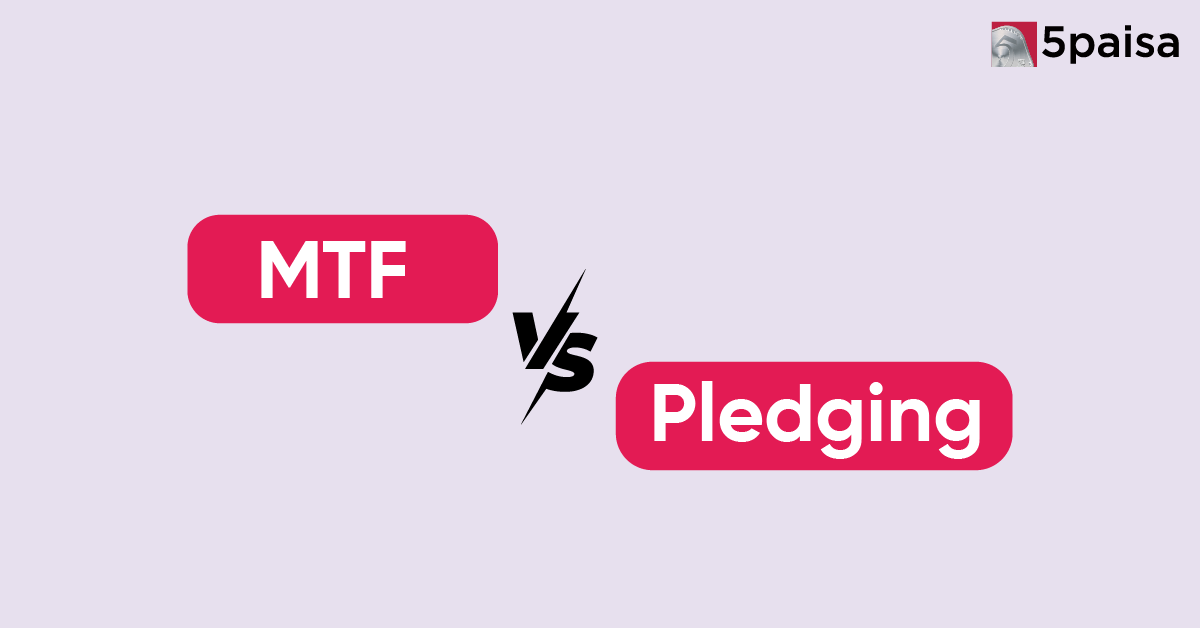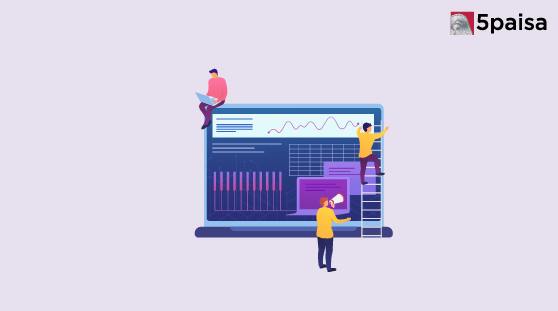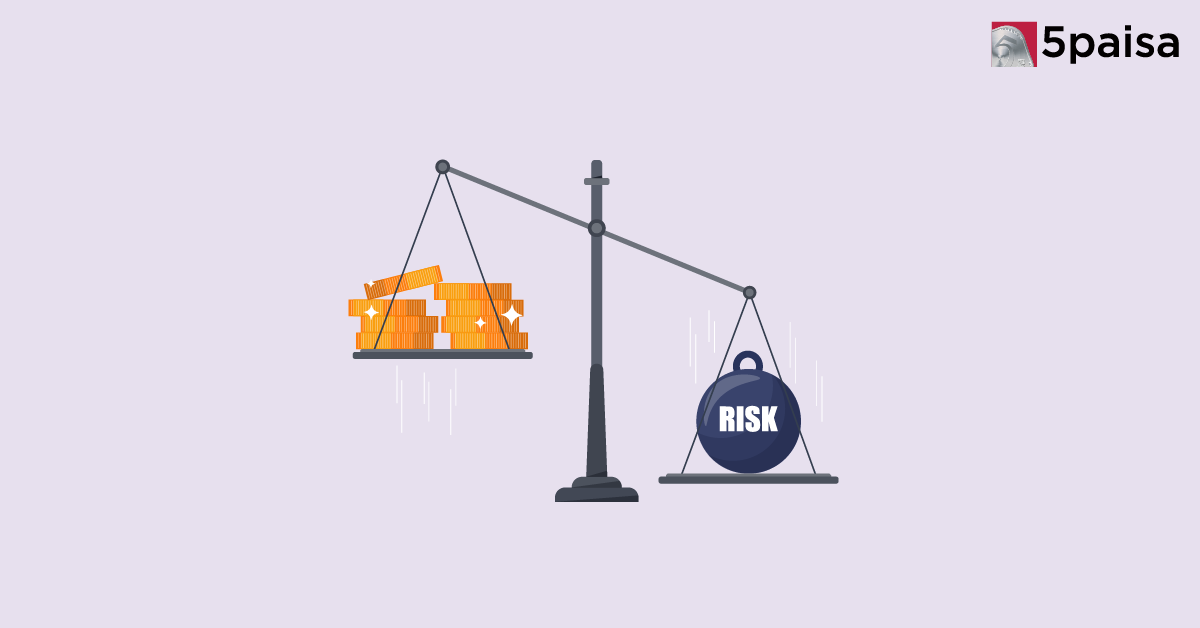MTF vs Pledging: Which Strategy Gives You More Power in the Market?
Best Time Frame for Intraday Trading

Intraday trading is all about buying and selling stocks within the same trading day. Unlike long-term investing, intraday trading focuses on short-term price movements and requires careful planning and decision-making. One of the most important aspects of successful intraday trading is identifying the best time frame to trade. This blog will provide a comprehensive guide to the best time frames for intraday trading in India, including insights into timing, chart types, and strategies for different trading styles.
Why Time Frames Matter in Intraday Trading
Time frames are crucial in intraday trading as they determine how you analyze price movements and market trends. The right time frame helps traders:
- Identify clear price trends.
- Make timely decisions.
- Minimize risks by avoiding unnecessary trades.
By selecting the appropriate time frame, traders can align their strategies with market behavior, ensuring better results.
Understanding the Trading Day in India
The Indian stock market operates from 9:15 AM to 3:30 PM. However, not all hours are equally productive for intraday traders. The market exhibits different levels of volatility and liquidity throughout the day, making some periods more suitable for trading than others.
Best Time Slots for Intraday Trading
Opening Hour: 9:15 AM - 10:15 AM
- Volatility: High. The market reacts to overnight news and global events, leading to sharp price movements.
- Liquidity: Excellent. Many traders are active, making it easier to buy or sell stocks quickly.
- Opportunities: Ideal for quick breakout trades.
The first hour is often referred to as the most volatile and liquid period of the trading day. Traders with experience can take advantage of this volatility to capture quick gains. However, beginners should proceed cautiously, as the rapid price movements can lead to significant risks.
Mid-Day: 12:00 PM - 1:00 PM
- Volatility: Low. Market activity slows down, with fewer price swings.
- Liquidity: Moderate. Trade execution may take longer, especially for less liquid stocks.
- Opportunities: Suitable for traders seeking a calmer environment.
During this period, traders can analyze market trends and plan their next moves. It is less suitable for high-frequency trades but can be ideal for those looking to avoid the high volatility of the morning session.
Closing Hour: 2:30 PM - 3:30 PM
- Volatility: High. Traders close their positions, leading to significant price fluctuations.
- Liquidity: Excellent. Many participants ensure quick trade execution.
- Opportunities: Good for identifying trend reversals or momentum trades.
The closing hour offers opportunities similar to the opening hour but requires careful planning to avoid losses from sudden market swings.
Popular Intraday Chart Time Frames
Intraday traders rely on charts to analyze price movements and identify trading opportunities. Each chart type serves a different purpose, depending on the trader’s style and objectives.
1-Minute Charts
Use Case: Best for quick scalping strategies.
Advantages: Provides detailed insights into every small price movement.
Challenges: Requires constant monitoring and rapid decision-making, making it unsuitable for beginners.
5-Minute Charts
Use Case: Ideal for short-term trades and momentum trading.
Advantages: Offers a balance between detail and clarity.
Challenges: Can still be noisy, especially for inexperienced traders.
15-Minute Charts
Use Case: Suitable for identifying short-term trends with reduced noise.
Advantages: Highlights key support and resistance levels.
Challenges: May miss very quick price changes.
30-Minute and 60-Minute Charts
Use Case: Useful for identifying longer trends within the day.
Advantages: Reduces noise and provides a broader market context.
Challenges: May delay decision-making for short trades.
The choice of chart depends on your trading style, risk tolerance, and the type of stock you are trading.
How to Choose the Best Time Frame for Your Strategy
Your trading strategy and style play a significant role in determining the best time frame for intraday trading. Here are some tips:
For Beginners:
Stick to 15-minute charts.
Trade during mid-day hours to avoid high volatility.
Focus on liquid stocks with clear price trends.
For Intermediate Traders:
Use 5-minute charts for short-term trades.
Trade during opening and closing hours for higher returns.
Monitor news and market trends closely.
For Advanced Traders:
Use 1-minute charts for scalping strategies.
Trade during high-volatility periods like the opening and closing hours.
Apply advanced tools and indicators for precise decision-making.
Balancing Volatility and Liquidity
Volatility and liquidity are two critical factors in intraday trading. Here’s how to approach them:
High Volatility (Opening and Closing Hours):
- Use this time for breakout trades.
- Set clear stop-loss levels to manage risks.
- Be prepared for rapid price changes.
Low Volatility (Mid-Day):
- Focus on range-bound trades with smaller targets.
- Use this period to analyze market trends.
High Liquidity:
- Ensure quick execution of trades.
- Look for stocks with high trading volumes.
Balancing these factors can help you make better decisions and reduce the chances of losses.
Aligning Trading Strategies with Market Conditions
Different market conditions require different approaches. Here are some strategies to adapt:
- Pre-Market Research: Analyze global trends, overnight news, and stock-specific updates before the market opens.
- During the Opening Hour: Avoid jumping into trades immediately at 9:15 AM unless you have experience and wait until 9:30 AM to let the market settle.
- During Mid-Day: Focus on trend analysis and planning and avoid aggressive trading during this period.
- During the Closing Hour: Be cautious of sudden price swings and use this time for trend reversals or closing existing positions.
Importance of Discipline in Intraday Trading
Intraday trading is not just about timing but also about discipline and preparation. Here’s what traders need to keep in mind:
- Stick to Your Plan: Define your entry and exit points before placing a trade.
- Set Stop-Loss Levels: Protect yourself from significant losses by setting stop-loss limits for every trade.
- Avoid Overtrading: Trading too frequently can lead to unnecessary risks and emotional decisions.
- Stay Informed: Monitor news and market updates to make informed decisions.
Discipline is key to achieving consistent results in intraday trading.
Conclusion
The best time frame for intraday trading depends on your goals, experience, and the stock you’re trading. For beginners, mid-day hours with 15-minute charts offer a safer environment, while experienced traders can take advantage of the high volatility during opening and closing hours.
Intraday trading is a skill that requires practice, discipline, and continuous learning. By understanding the market dynamics, choosing the right time frame, and staying disciplined, you can improve your trading efficiency and achieve your financial goals. Remember, every trader’s journey is unique, so take the time to develop a strategy that works best for you.
- Flat ₹20 Brokerage
- Next-gen Trading
- Advanced Charting
- Actionable Ideas
Trending on 5paisa
03
 5paisa Capital Ltd
5paisa Capital Ltd
Indian Stock Market Related Articles
Disclaimer: Investment in securities market are subject to market risks, read all the related documents carefully before investing. For detailed disclaimer please Click here.





